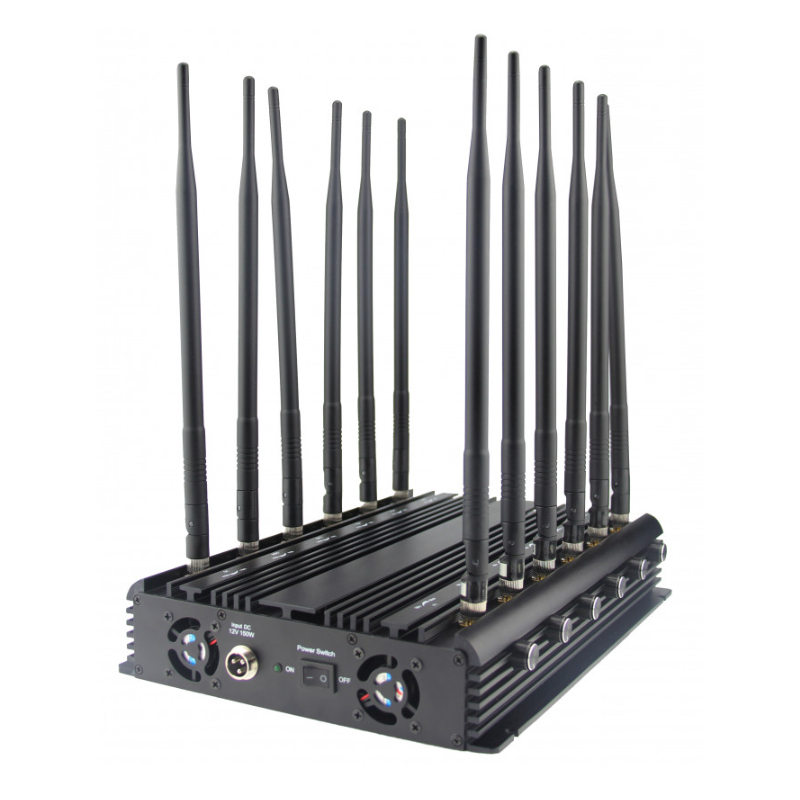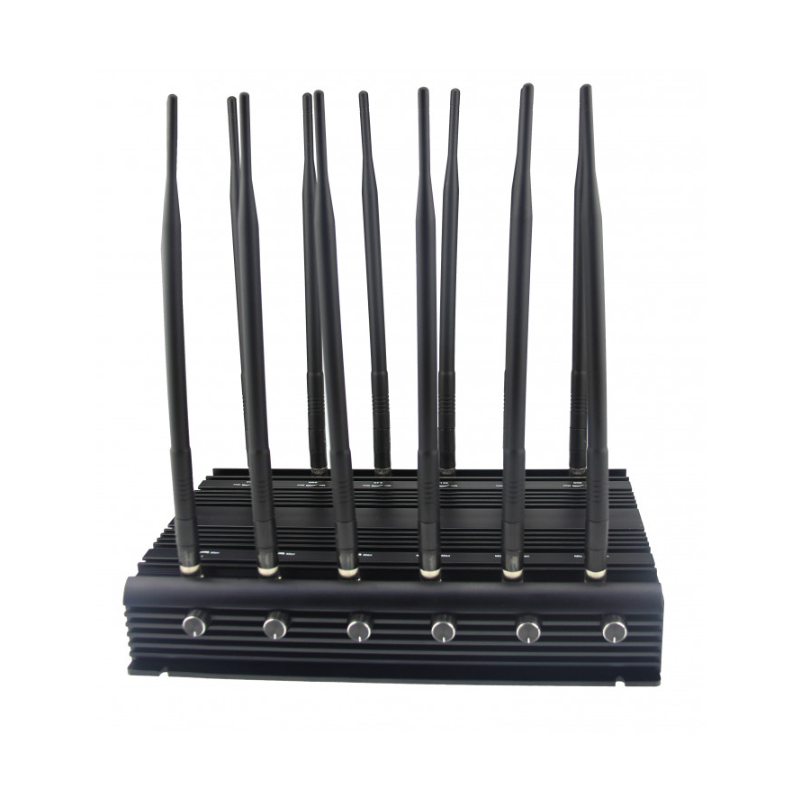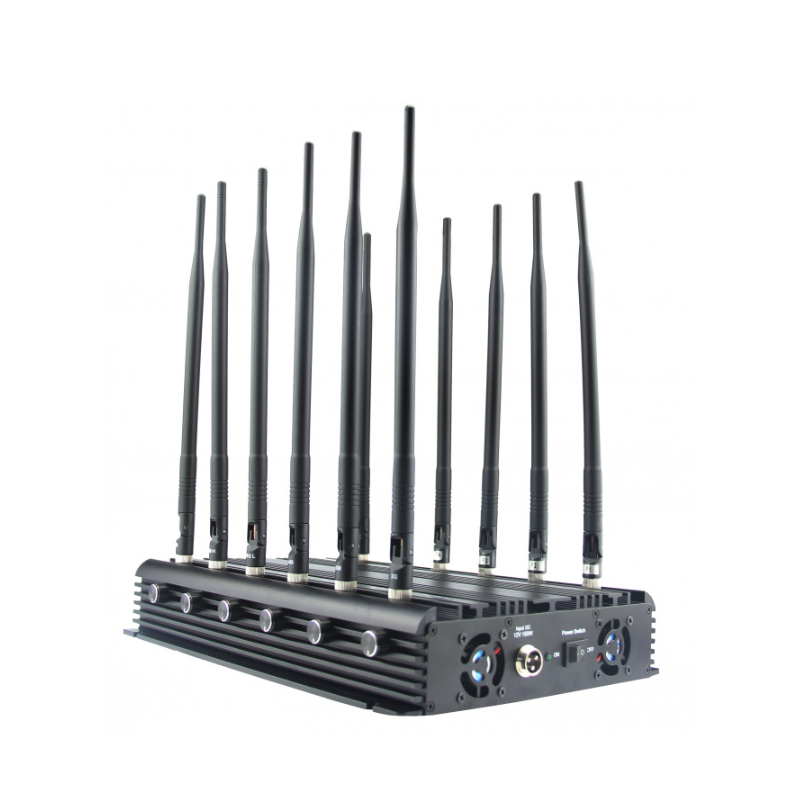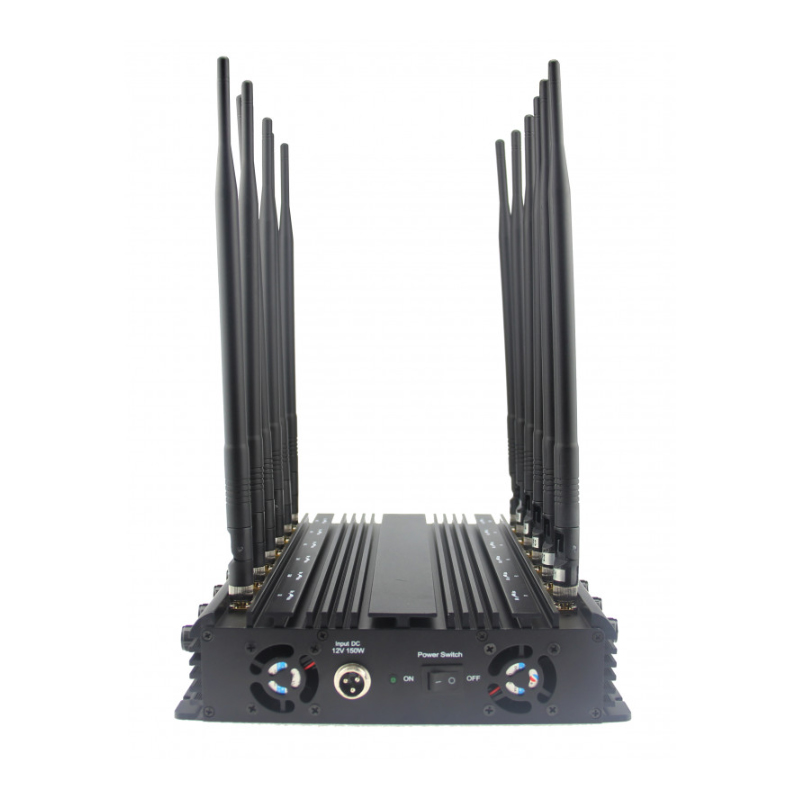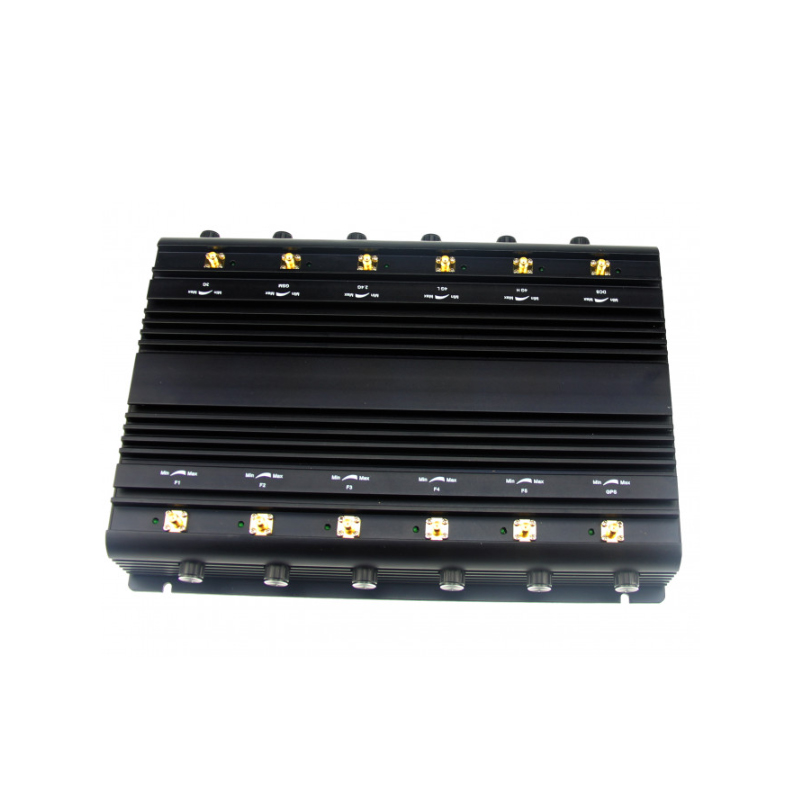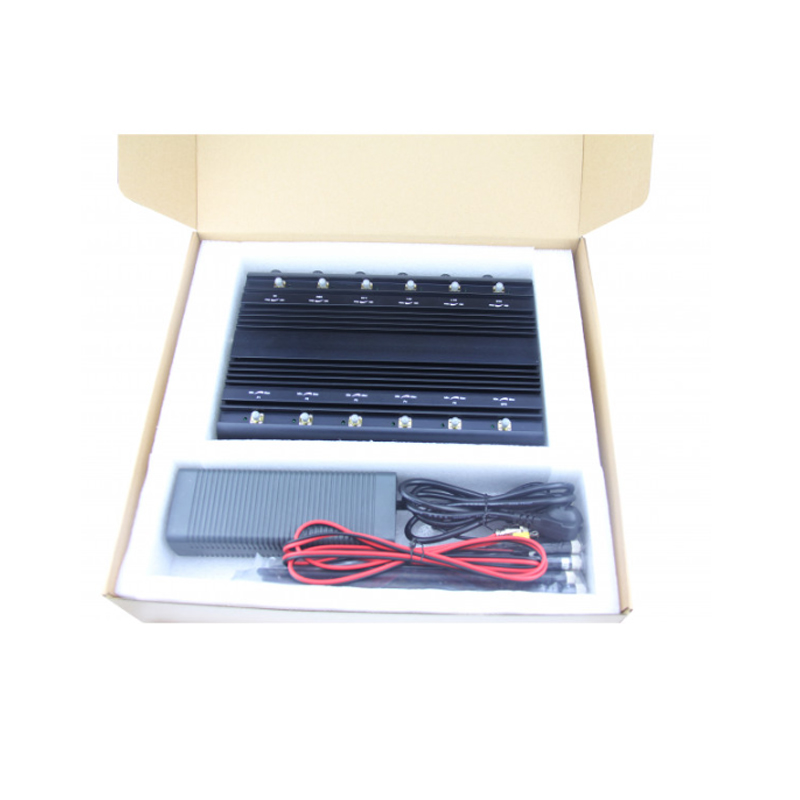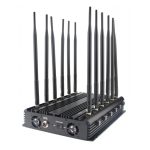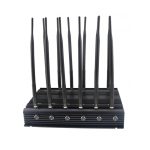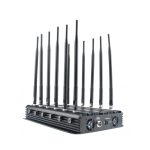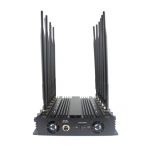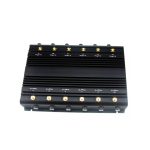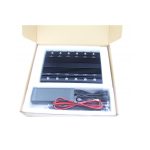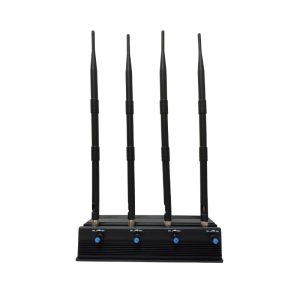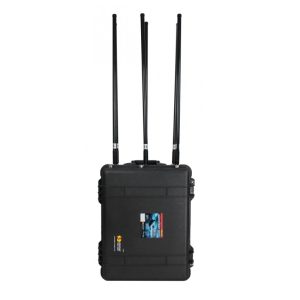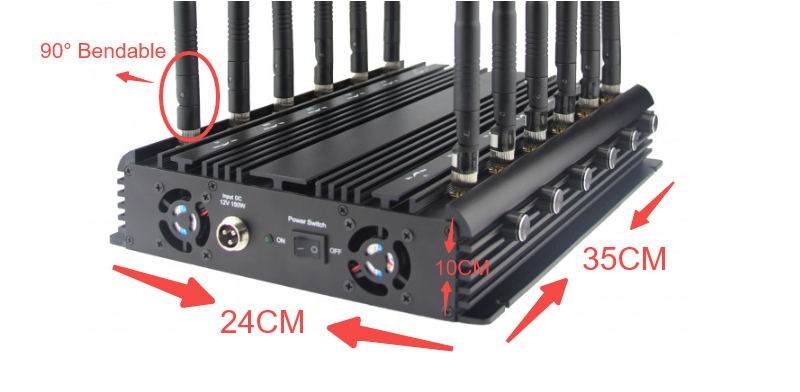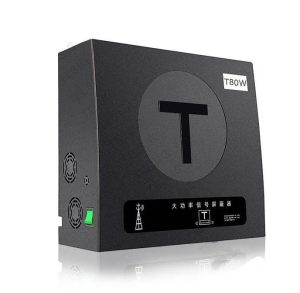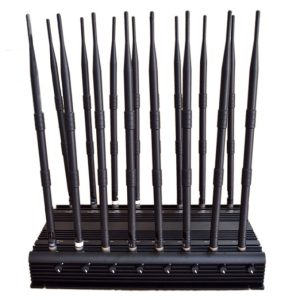🔍 Did You Know?
According to a 2024 cybersecurity report by TechShield Labs, over 65% of wireless data leaks in corporate settings were caused by mobile devices operating on Wi-Fi or Bluetooth protocols. Tools like the Stationary Jamming device T-US-012-1 are increasingly being used not just to block, but to prevent, secure, and control electromagnetic exposure zones.
💡 Tech Behind the Silence: How Does It Work?
Jammers emit electromagnetic interference at the same frequencies as common wireless signals. This disrupts the handshake between device and tower/satellite/controller. Think of it as a louder voice in a crowded room-it drowns out the others so no one gets heard.
With a radius of up to 60 meters, the T-US-012-1 effectively disables:
- ✅ Remote controls (315 / 433 / 868MHz)
- ✅ VHF, UHF, and walkie-talkies
- ✅ Mobile signals: 2G, 3G, 4G LTE (both Android & iPhone)
- ✅ WiFi & Bluetooth (2.4GHz)
- ✅ GPS tracking signals (L1 band)
- ✅ Lojack systems
- ✅ CDMA, DCS, and even Sprint’s Wimax frequencies
In short: if it’s wireless and within reach, this High-Power jammer turns it into white noise.
🧠 Did You Know? Many modern jammers rely on broadband sweep technology – the T-US-012-1 goes further by using dedicated frequency modules for surgical-level precision. No more underperforming “universal blockers” with hit-or-miss results.
Built for Serious Use – Not Toys or Trinkets
- Continuous 24/7 operation via AC110-240V or in-vehicle 12V DC adapter
- 360° omnidirectional antennas with adjustable tilt (up to 90°)
- Industrial-grade casing, heavy-duty design (5.5kg, 35x24x10cm)
- Smart cooling architecture to handle prolonged operation
- Secure mounting recommended for elevated installation zones
And yes – it’s overkill for coffee shop hackers, but just right for exam halls, boardrooms, secure facilities, or anyone serious about privacy and RF control.
Maintenance Tips – Because Even Signal Warriors Need Care
- Keep it ventilated. Don’t cover it with books, plants, or motivational quotes.
- Never remove the antennas – this isn’t a toy transformer.
- Avoid swapping power units – each device is fine-tuned for its exact setup.
- Store away from moisture, corrosive gases, and overly curious toddlers.
- Think of it as a mini server: stable conditions mean stable performance.
For a detailed frequency list, please see the table below:
| CDMA & RC868 (Remote Control) | 851-894MHz |
| DCS | 1805-1880MHz |
| 4G LTE USA iPhone | 700-800MHz |
| 4G Wimax sprint | 2500-2700MHz |
| 3G | 2110-2170MHz |
| GSM | 925-960MHz |
| Bluetooth & WIFI 2.4G | 2400-2500MHz |
| GPS L1 | 1570-1580Mhz |
| RC315 (Remote Control) | 315MHz |
| RC433 (Remote Control) | 433MHz |
| UHF & Walkie-talkie | 400-470MHz |
| VHF & LOJACK | 135-175MHz |

